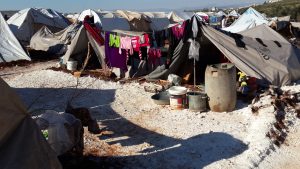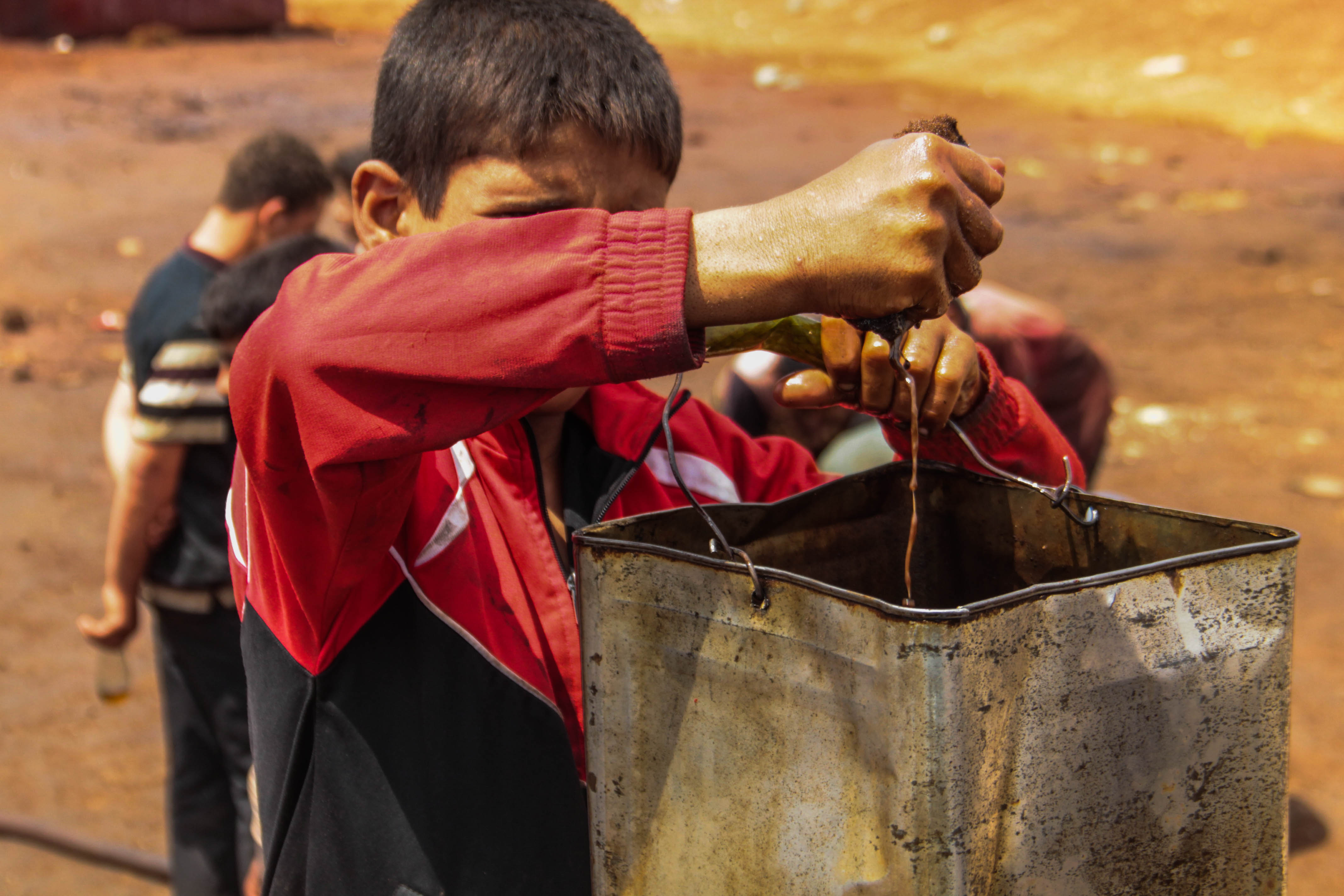 The repeated and forced displacement of civilians in north east Syria continues at an alarming rate. There have been close to one million IDP movements since January. Since the beginning of the crisis in Syria, over half of the country’s population has been forced from their homes. The rates of displacement remain extremely high, with an average of nearly 5,000 people displaced from their homes every day in Syria. At the end of June, there were at least 5.6 million people seeking refuge in neighbouring countries, and 5.9 million internally displaced within Syria.
The repeated and forced displacement of civilians in north east Syria continues at an alarming rate. There have been close to one million IDP movements since January. Since the beginning of the crisis in Syria, over half of the country’s population has been forced from their homes. The rates of displacement remain extremely high, with an average of nearly 5,000 people displaced from their homes every day in Syria. At the end of June, there were at least 5.6 million people seeking refuge in neighbouring countries, and 5.9 million internally displaced within Syria.
The “demilitarized zone” in southern Idleb and northern Hama experienced low-level conflict escalation from early February 2019, with artillery attacks and airstrikes by Government of Syria forces targeting civilians and community infrastructure. The situation significantly deteriorated in late April, with heavy artillery and aerial bombardment of urban areas as well as a concerted ground offensive by the Government of Syria forces and its allies.
Between late-April and early-August, and despite heavy fighting, the Government of Syria made minimal territorial gain and on 01 of August a ceasefire was declared while discussions between the different parties were facilitated in Astana, Kazakhstan. The ceasefire broke down on 05 of August and the Government of Syria made significant gains, capturing the town of Khan Sheikhoun yesterday. Khan Sheikhoun is located along the north/south M5 highway and is considered a strategic location.
Shelling, airstrikes and active fighting from this latest offensive affected areas in northern rural Hama and southern Idleb. The heavy aerial bombardment has mostly used weaponry of an indiscriminate nature, including barrel bombs, which has caused a large displacement of civilians into northern Idleb. There has also been a significant loss of civilian lives.
We know that at least 504,000 civilians have recently fled the most intense bombardments. According to the OHCHR, approximately 500 people have been killed since late-April, with local organisations quoting figures up to 780 civilians killed. The Education Cluster estimate 100,000 school age children, who are recently displaced, are in need of education services and approximately 250,000 school aged children have had their educational disrupted due to frequent suspension of schools and destruction of educational spaces. The situation in and around Khan Sheikhoun remains unclear and evolving rapidly, but it is very clear that the humanitarian situation of hundreds of thousands of people remains extremely dire.
The humanitarian response in Syria requires at least $3.32 billion in 2019. Less than $1 billion has been received in the first eight months of 2019. Education, Protection, and Health sectors are all less than ten percent funded. The international community must urgently increase its support for cross-border humanitarian assistance from Turkey into northern Syria.
Humanitarian Advisors will provide updates as the conflict in northern Syria continues to evolve.

1 thought on “Crisis in Khan Sheikhoun northern Syria worses”